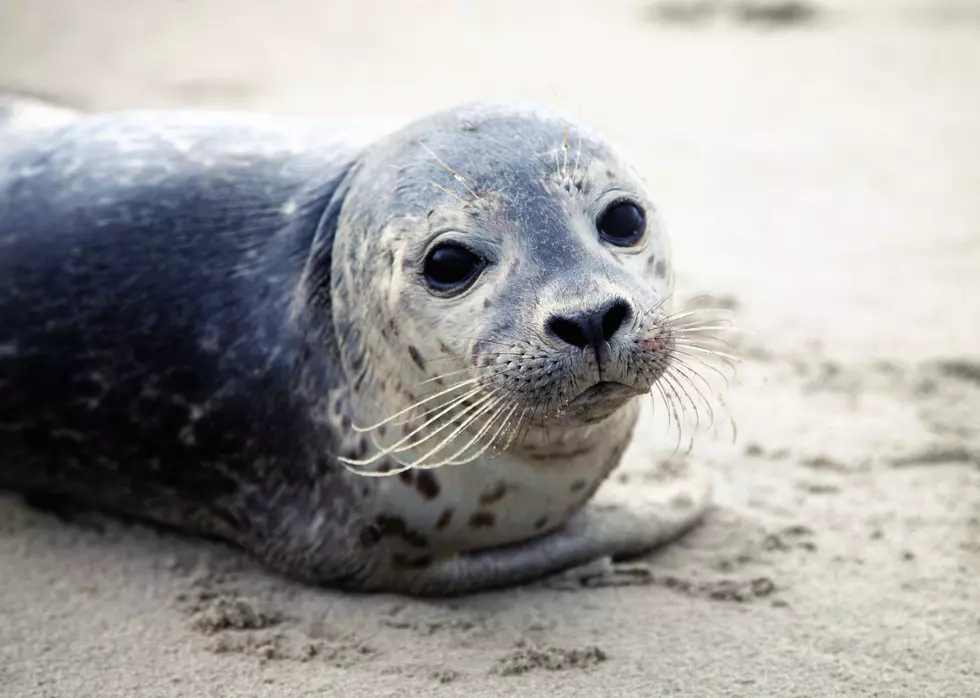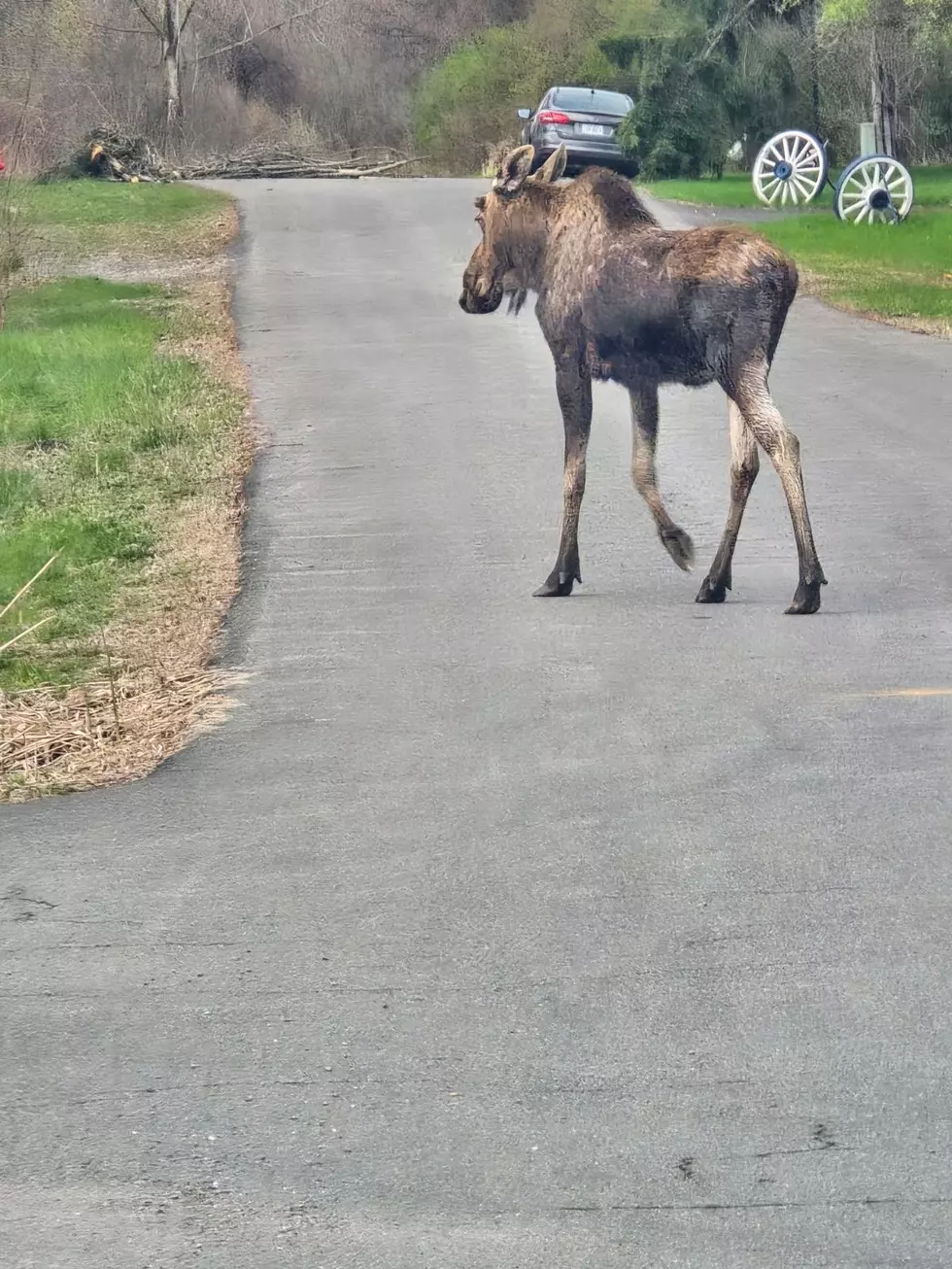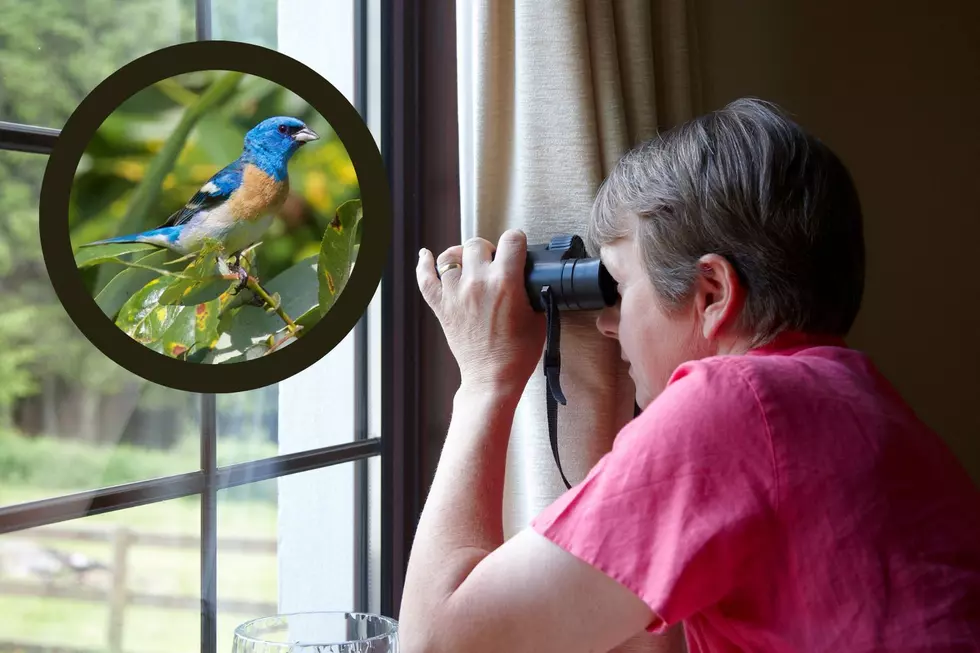
New York State DEC Issues Guidelines During Seal Season
When you think of New York state wildlife, animals such as bears, foxes, and deer probably come to mind at first. However, sometimes we may forget about the abundance of marine life the state has to offer as well.
Not only are there numerous freshwater lakes, and ponds across New York, but over 70,000 miles of rivers and streams, says the New York DEC.
Of course, you're also bound to spot a variety of New York's diverse marine life considering the state is on the coast of the world's second largest ocean.
Seal Season
Right now, officials say it is the height of seal season. The New York State Department of Environmental Conservation says that up to five species of seal can be seen locally, but "harbor, gray, and harp seals are the most common".
Seals Species in New York
According to the DEC, seals are generally found in New York from late fall until late spring, with the highest highest amounts occurring around the month of April. Seals leave the water (haul) and rest on beaches or rocks to regulate their body temperature.
See Also: Moose Spotted Going For a Swim in New York State Lake
They also spend time out of water to socialize, give birth, and molt, says experts.
For example, harp seals are largely an Arctic species, which are present here each year in small numbers. Harp seals can be seen within the New York City area and farther up the Hudson River, says the DEC.
But while these playful looking animals may resemble a friendly household dog to some, there are many things to keep in mind when encountering one.
Seal Guidelines
The New York State DEC says that it is very common to see seals out of the water resting on the beach this time of year. The DEC says if you see a seal, remember to stay 150 feet away as they are a federally protected species under the Marine Mammals Protection Act.
The DEC also says that while viewing seals from this legally safe distance, if the seal’s behavior changes and/or they notice your presence, that is a sign to move further away. Seals show signs of distress by raising their flippers, showing their teeth, yawning, and eating sand and rocks.
The DEC Says Be a "Responsible Seal Observer" by Remembering the Following:
- Stay 150 feet away
- A seal on the beach is not a sign of injury or illness.
- Seals are wild animals
- Keep kids and pets away from seals
The guidelines urge residents that if they come across a live seal on the beach that appears sick or injured, please call the New York Stranding Hotline at 631-369-9829 to report the animal and speak with trained biologists.
New York Animal Encounters
Gallery Credit: Karolyi
More From WPDH-WPDA









